GSI’s thrust to promote geo-tourism in India
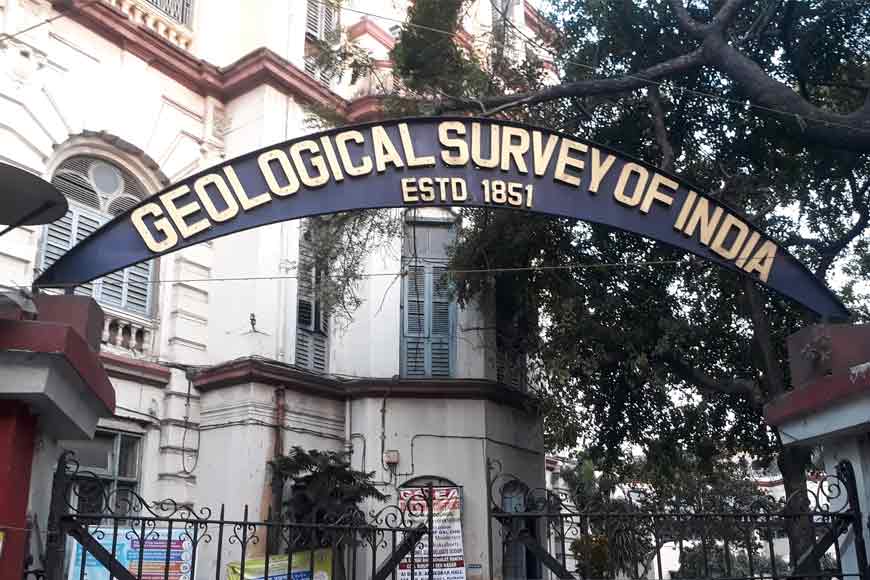
Recently, the Geological Survey of India (GSI) identified two geological heritage sites in the Indian Himalayan Region of India. The sites are Siwalik Fossil Park, Himachal Pradesh and Stromatolite bearing Dolomite/ Limestone of Buxa Formation, Sikkim. With the inclusion of these two sites, there are 34 Geological Heritage Sites in India now.
The Siwalik Fossil Park at Saketi, Sirmur district in Himachal Pradesh has a rich collection of vertebrate fossils recovered from the Siwalik rocks of Plio-Pleistocene age (2.6 million to 11,700 years ago). According to geologists, the deposition of sediments took place in the narrow linear depression, called the 'fore deep', which started developing in front of the Himalayas since the inception of its uplift in the middle Miocene (23 million years to 2.6 million years ago). Similarly, the geo-heritage site at Mamley, near Namchi, South district, Sikkim, exposes litho-units of Buxa Formation, Daling Group of Proterozoic age (2.5 billion years to 541 million years ago). The dolostones are profusely stromatolithic (Precambrian algal structures). The Precambrian is the earliest of the geologic ages, which are marked by different layers of sedimentary rock. This site provides one of the rare examples of early life in the Sikkim Himalayas.
Geo-heritage refers to the geological features which are inherently or culturally significant offering insight to earth’s evolution or history that can be utilized for education. Over the years, the GSI identified certain geological sites for promoting geo-tourism.
India is a country with diverse physical attributes, rich cultural heritage and eventful ancient history. The Indian subcontinent exhibits imprints of varied geological processes through ages and is a storehouse of interesting geological features. The GSI has already enlisted some of those locales as National Geological Monuments and now for the first time in its history of 171 years, the GSI (set up in 1851) is opening up 90 exotic geo-heritage sites for geo-tourism. Tourism in India is important for the country's economy and is growing rapidly. One of the oldest civilizations in the world, India is a mosaic of multicultural experiences. With a rich heritage and myriad attractions, the country is among the most popular tourist destinations in the world. Hence, it goes without saying that the inclusion of these geological monuments on the tourist map of India will generate interest among visitors both from within the country and abroad as well who will be able to explore the rich natural history and unparalleled scenic beauty and also have an in-depth insight in the real past -- the formation of the subcontinent, the orogeny, the palaeo environment and the exotic collection of paleo-flora and fauna.
As part of Azadi Ka Amrit Mahotsav, a year-long initiative of the Government of India to celebrate and commemorate 75 years of Independence and the glorious history of its people, culture and achievements, GSI director General, S Raju recently opened up 90 sites for geo-tourism through the publication of a comprehensive digital map at the GSI headquarters in Kolkata.
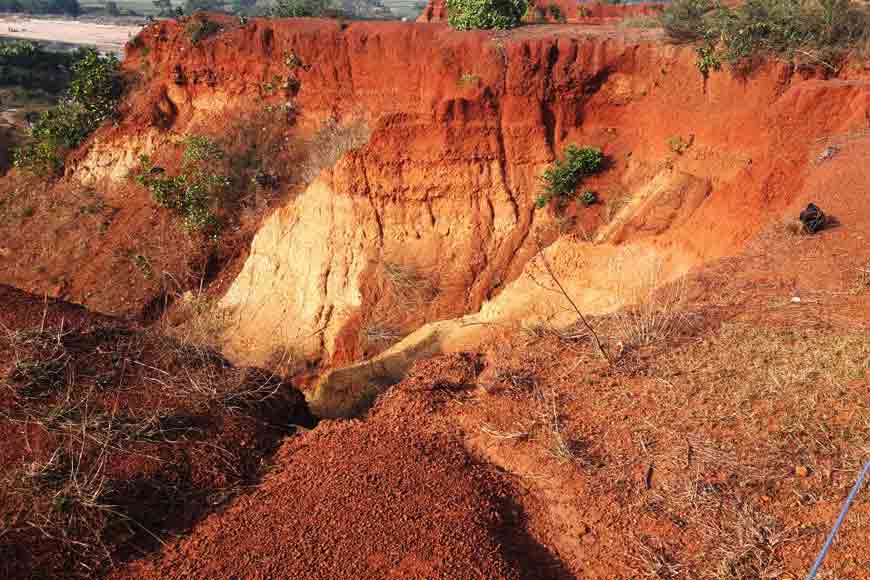 Gangani
Gangani
With a click of the mouse, the interactive digital map pops up on the screen with comprehensive information, a concise description, along with supporting photographs, and a 3D location map with geological facts, history, geography, ways, and means to reach the site, and other places of interest nearby. Thirty-two sites are declared national geological monuments (NGM), some of which have already been recognized by UNESCO as world heritage sites. For instance, tucked away in the south-western corner of West Bengal is Gangani (or Gongoni), a nearly 70- feet deep natural canyon carved by the River Shilabati. The ‘Grand Canyon of Bengal’, as Gangani is often referred, is close to Garbeta town in West Midnapore district. It is one of the three geo-heritage sites in Bengal and geologists have studied and found the river gorge was formed approximately 2.6 million years ago (Pleistocene). It is a unique site because of the formation of the older alluvial soil.
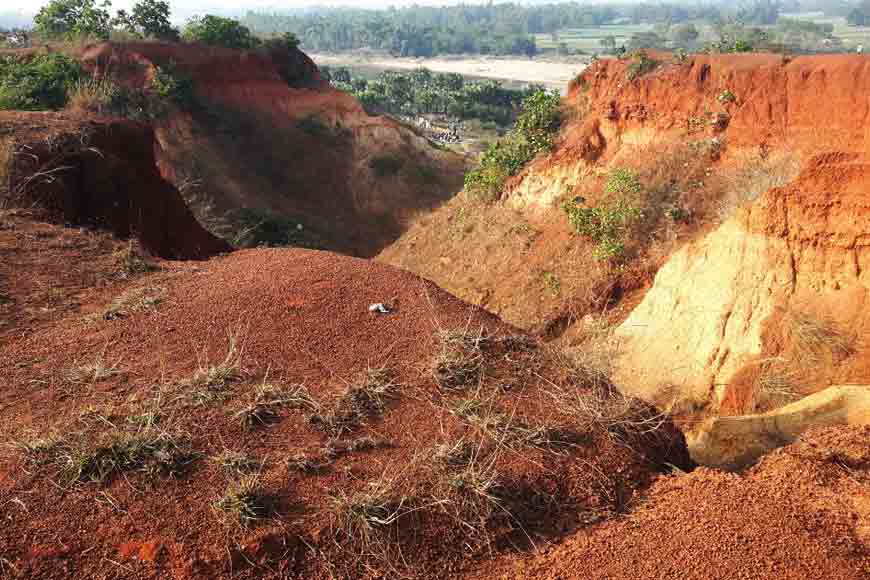 Gangani
Gangani
Purulia also has an interesting palaeo-geography tale. According to researchers, the crust was formed about 4 to 5 thousand million years ago during the archean era when there was no sign of life and the rest of Bengal was beneath the sea. Peninsular shield made the greater part of the district. The whole region can be divided into two geomorphic sub-units according to the geological age of formation namely, Peninsular shield part of Archean era and glaciated and fluviatile sediment-filled Gondwana basin of upper Carboniferous-Triassic period.
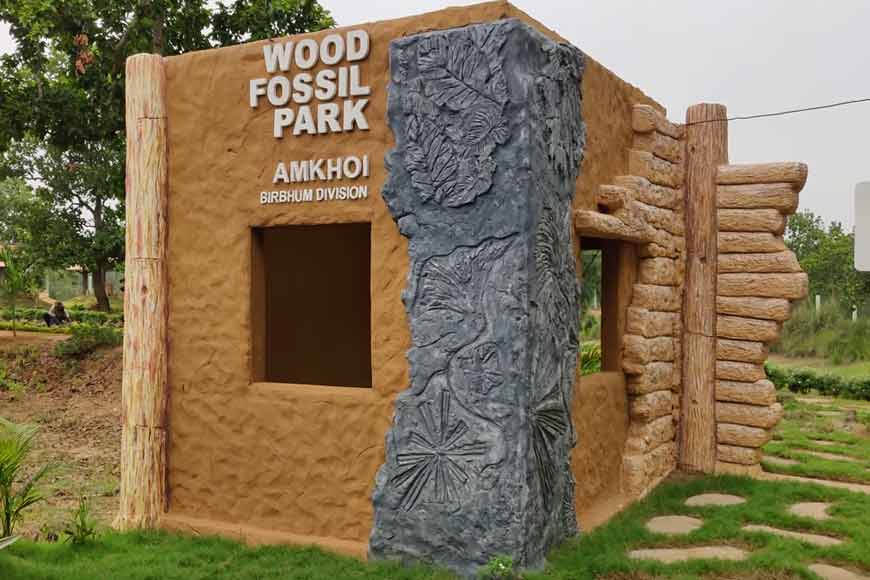 Amkhoi Fossil Park
Amkhoi Fossil Park
In 2006, angiosperm wood fossils were discovered from Illambazar forest of Birbhum district in and around a tribal village named Amkhoi. Amkhoi Fossil Park is the first fossil park of West Bengal which is youngest among the other fossil parks of the country.
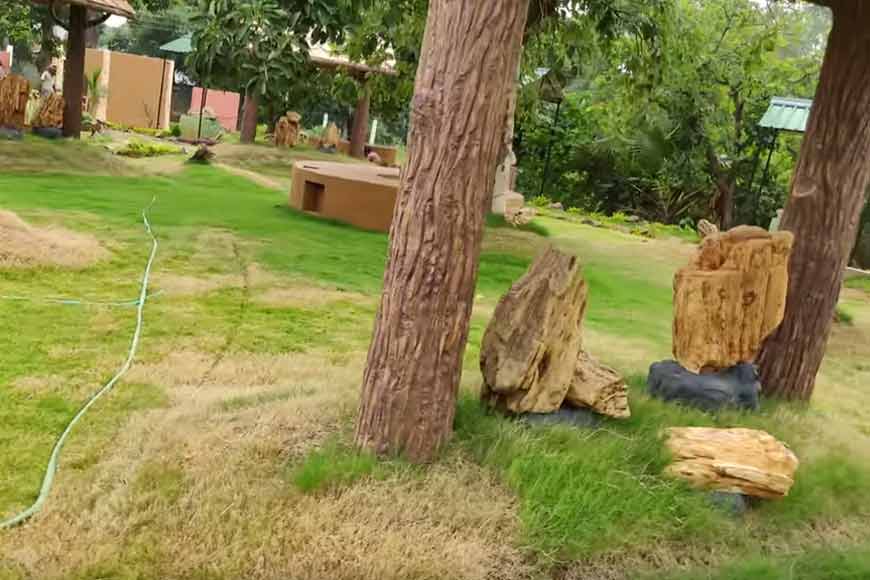 Amkhoi Fossil Park
Amkhoi Fossil Park
Geo-heritage sites are nature’s majestic creations that display not only the picturesque aesthetic of a landscape but also illustrate the myriad geological processes on the surface, as well as in the deeper parts of the Earth. The GSI has undertaken the responsibility of identifying geo-sites, ensuring their protection and promoting geo tourism. It aims to share and expand knowledge of geo-science, the history of Earth and geomorphological processes, and the like to motivate geo-tourists to help conserve these sites for future generations.










